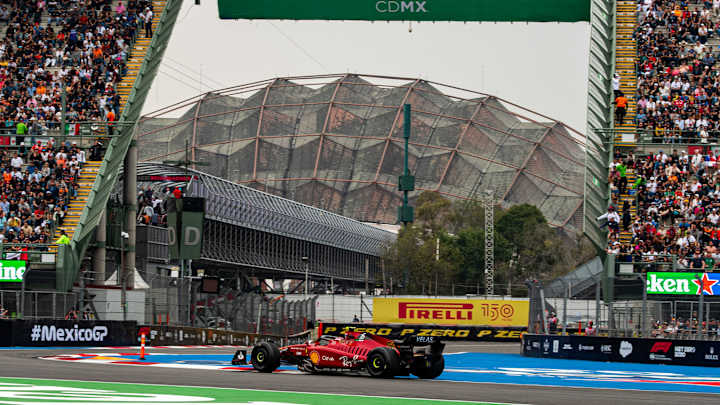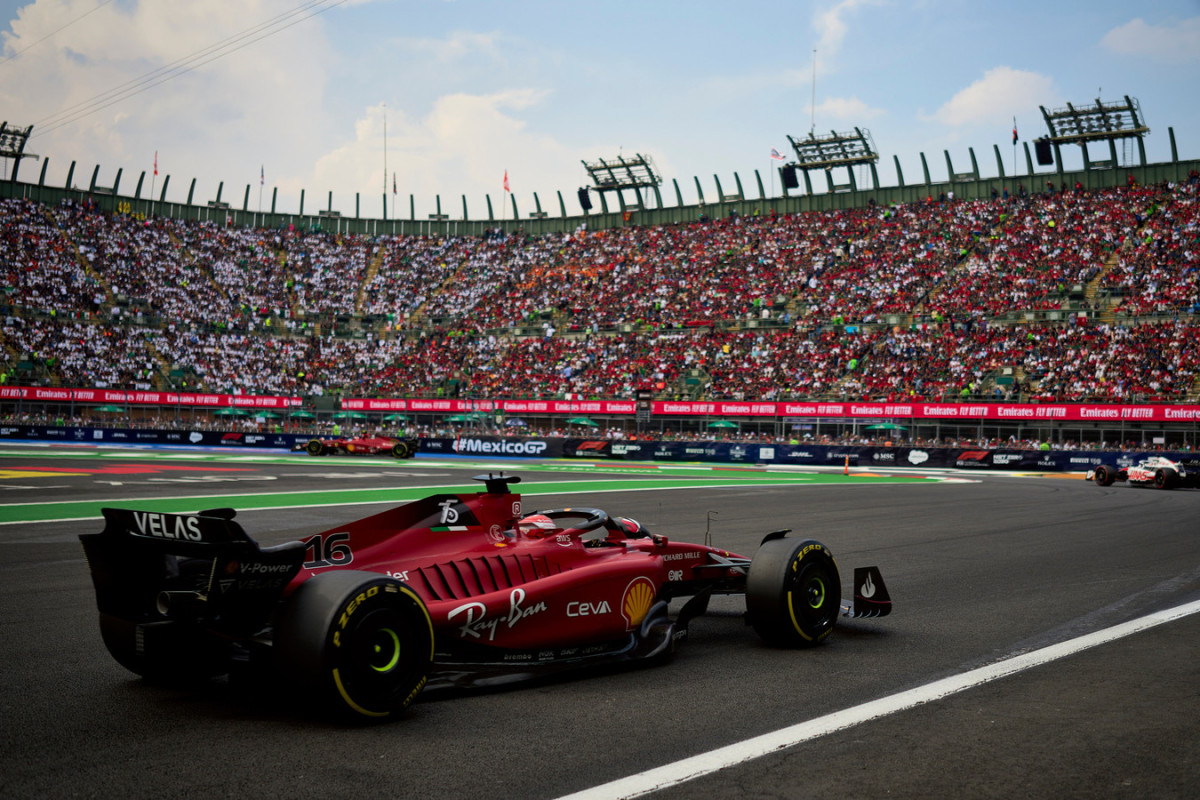F1 News: The Challenges Of Racing F1 Cars 2000m Above Sea Level In Mexico

The Mexican Grand Prix is one of those races where a typical car setup may not work as well as it would at sea level. The 2000m altitude of the Autódromo Hermanos Rodríguez brings a new set of challenges that technical teams have to tackle, as well as from the usual track setup of their cars.
The higher the altitude, the thinner the air gets. At 7000 feet, the air is obviously a lot thinner than at sea level, which implies that both man and machine get to take in less oxygen in Mexico.
Listen To The Latest Driven Mad Podcast Episode
Consequently, there are a number of challenges that teams have to account for when setting up their F1 cars, which could go against the conventional logic. Three primary aspects that the teams pay more attention to, as a result of the lack of dense air at the Mexican Grand Prix are the power output, the cooling, and the aerodynamics.
The Power Output
Less oxygen for internal combustion means a compromise in power. To deal with this problem in Mexico, the teams set up their cars in a way that helps retain the capability to hit top speeds.
From 2014, such challenges have been compensated by the inclusion of a turbocharger which pushes oxygen into the engine for more power. With the air being thinner this weekend, the turbocharger will be pushed to its limits, revving 15 percent more than normal to push as much air as it can into the engine.
But with the turbo running at its peak limit, the question of reliability surfaces. In addition, there are a few concerns about the turbo pushing in slightly warmer air instead of the cool air because of the heat it generates at high RPM.

Cooling The Components
One of the biggest challenges at high altitudes is cooling the car's components without the availability of dense air. A lot of the car's vents and channels draw air toward moving parts to ensure the temperature is well within the limit.
But with thinner air, this could be a challenge for the teams, who might introduce bodywork with more vents to channel more air. Components like the car's brakes are also heavily dependent on dense air for cooling since they reach extremely high temperatures on the track. So this is something that the teams would closely monitor to ensure that stopping power isn't compromised.

The Aerodynamics
To create as much downforce as possible, two large wings at the front and the rear demand more air to push the car onto the ground. But, with the lack of dense air, downforce is definitely an area that will be compromised on the cars.
For the same reason, despite the track being a low to medium downforce one, teams opt for the high downforce setup on their cars, similar to the setup in Monaco. But because of the thin air, even the high downforce setup would struggle a bit to offer maximum downforce, than it would do at sea level.
To understand better, despite the car's wings being fully upright, they're able to easily achieve speeds of up to 350 kph or more. This would not have been easily achievable on circuits that are oxygen-dense.
For Mexico, the tech teams will have to go a step further in making the right setup choices to prevent further challenges from propping up, especially in the three areas mentioned.
The Formula 1 cars are heavily dependent on dense air to function normally but with all teams facing similar challenges, it would be interesting to see how each car does in comparison to the other to overcome thin air drawbacks.

